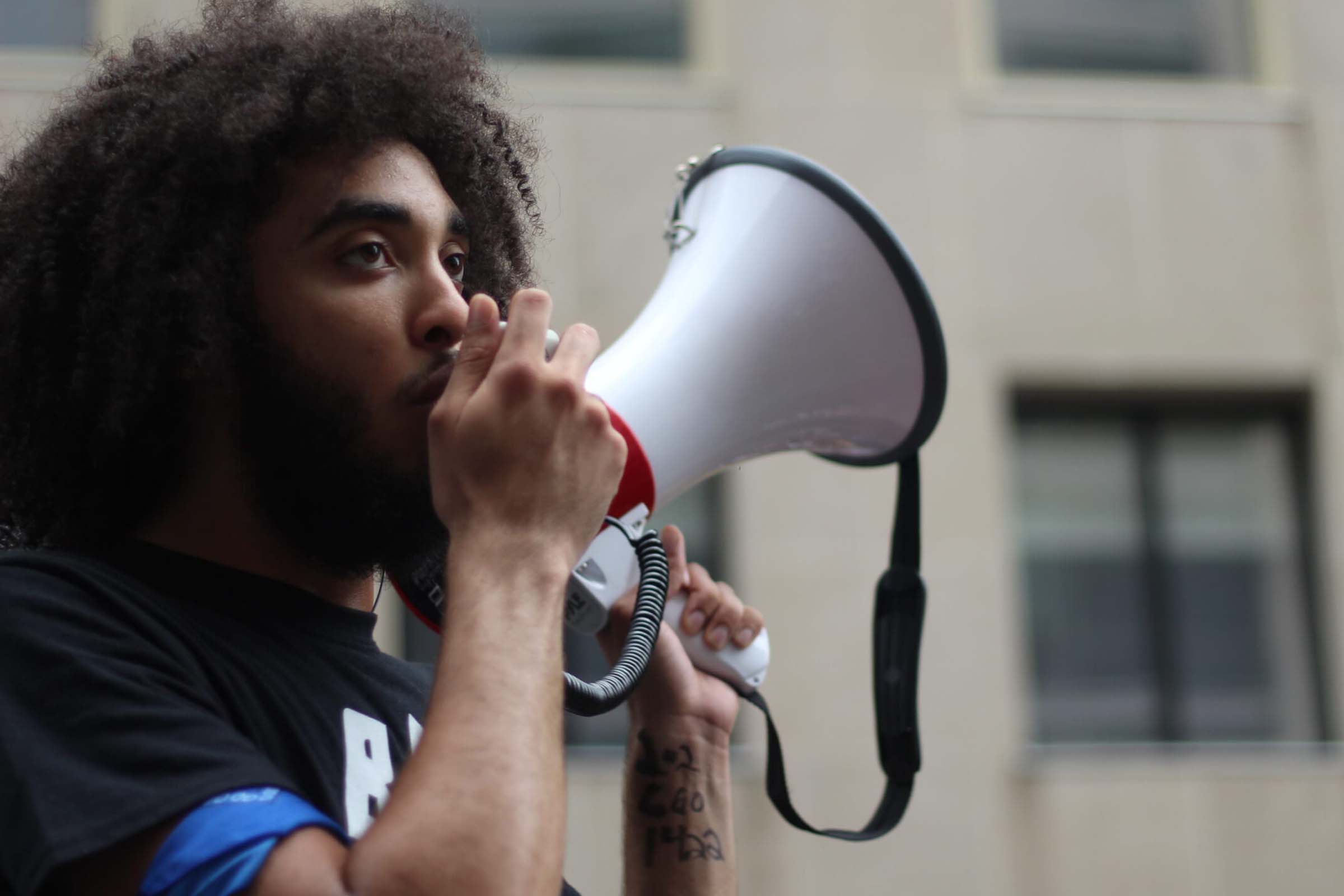The landscape of recovery has changed dramatically over the past few decades, and we have the recovery advocacy movement to thank for that. While there’s still a long way to go to help more people find recovery and improve public and professional perception of substance use disorder, we’ve made huge strides in this political and social and cultural movement. Together we’ve put a face to people in recovery, fought stigma, improved policy and the rights of our people, and demanded greater resources to help people find the treatment they need.

The recovery advocacy movement
Researcher Bill White summarizes the progression of our movement beautifully.
“As I entered the world of addiction treatment and recovery in the late 1960s, I witnessed the end of a very dark era in our country — an era in which those with alcohol and other drug problems festered in the drunk tanks of local jails and the back wards of aging state psychiatric hospitals or died alone bereft of hope.”
He continues, “Few resources existed in most communities outside the rooms of mutual-aid fellowships. It would have been unthinkable in those early days that I would live to see a national network of addiction treatment and recovery support resources and the rising cultural and political mobilization of people in recovery. I could not have conceived of a day when I would witness more than 100,000 people in recovery marching publicly as far as the eyes could see or that I would one day stand before leaders of new recovery advocacy organizations from all over the United States. And yet we all witnessed the unprecedented numbers in recent Recovery Month celebration events, and I am here today living out the second of those unthinkable visions.”
Our major accomplishments as a movement have included a mass mobilization of people getting involved in recovery advocacy, policy victories, professional influence, expansion of recovery support institutions, and the expansion of a culture of recovery.
The social movements have gained momentum over the years largely because they have been led by people in recovery and their allies. “We’ve come a long way since we launched the first ever Recovery Bill of Rights, in 2008 and hosted a National Call-In Day for Paul Wellstone Mental Health and Addiction Equity Act in 2008,” says Executive Director of Faces & Voices of Recovery Patty McCarthy. “These, and many more campaigns and activities, have mobilized the recovery community to have a unified voice in advocacy efforts in their own communities across the nation.”.

Local grassroots recovery advocacy
Now tens of thousands of recovery advocates engage in campaigns on a local grassroots level with over 100 recovery community organizations (RCOs).
“RCOs bring the recovery community together it is easy to coalesce around a single mission,” says Tony Vezina, executive director of 4D, an RCO for young people in Oregon.
He believes that RCOs play a critical role in the recovery advocacy movement because they employ peers — people with lived experience. “This workforce cares deeply about ‘their people’ tackling issues from finding recovery to equal pay. Advocating for increased services translates into fulfilling their need to help their community while advocating for their needs,” he says.
“RCOs like 4D that are Recovery Community Centers (RCC), with peer services and a diversity of recovery support mutual-aid groups, are well-positioned to be epicenters of the recovery reformation movement. RCCs bring the diversity of the recovery community center together under the same roof and the peers are educated in honoring multiple pathways to recovery.”
At a local level, these organizations make a huge difference to the lives of people in recovery, and those seeking it. Together, however, we have witnessed the emergence of a much more powerful movement.
National recovery advocacy success
The greater power in our movement has been through these organizations working collaboratively: RCOs are represented by the Association of Recovery Community Organizations, and other support institutions have formed the National Alliance of Recovery Residences, the Association of Recovery Schools, and the Association of Recovery in Higher Education. Together these organizations have addressed public policy to reduce the discrimination that keeps people from seeking recovery — or moving on to better lives once they achieve it — and have supported recovery-oriented policies and programs.
Faces & Voices of Recovery has been a national leader in the recovery advocacy movement. We have helped pass legislation including the Comprehensive Addiction and Recovery Act (CARA) and the 21st Century CURES Act, and we have fought to protect our right to privacy by maintaining the federal confidentiality law, 42CFR Part 2.
Our campaign Recovery Voices Count has made it possible for even more of our friends, neighbors and family members to experience long-term recovery from addiction by building a powerful recovery movement that recognizes the recovery community as a constituency of consequence.
Through nonpartisan civic engagement at local, state, and national levels, our goal is to support local recovery organizations develop an organized voice of people in recovery who are educated on key issues. We believe that together will have an even greater impact on the lives of people who still need help with their addiction, people in long-term recovery, and family members.
Take action!
We believe that investing in recovery support services will have great economic benefits for long-term recovery, reduce the burden on criminal justice and welfare systems, and get people the housing, employment, and education services they need.
Our priorities for 2019 are to:
- Secure and expand substantial new federal funding for Recovery Support Services
- Protect patient privacy rights
- Enforce the Mental Health Parity and Addiction Equity Act of 2008
- Restore voting rights for individuals with felony drug convictions
- Support federal and state policy reform efforts to eliminate discriminatory policies and practices that create barriers to employment, housing, education, healthcare and civic engagement
How can you help continue to further the work of our recovery advocacy movement?
- Download the linked list of priorities and share on social networks
- Sign up for alerts that tell you how to take action
- Advocate for policies that support the recovery community by getting involved with local recovery community organizations in your area
- Get involved with Recovery Voices Count
- Become a member of Faces and Voices of Recovery
- Share your recovery story
- Make a donation
